If a person is professionally engaged in photography, then the camera needs the corresponding one. Usually in its quality is very expensive "SLR", which has a full-frame matrix( 35 mm, similar to the frame size of traditional film).Ultra-wide functionality professional photographers do not like - they just get a large number of manual settings and the ability to shoot in low light. If to speak more specifically, then professionals usually purchase those cameras that are in our current list.
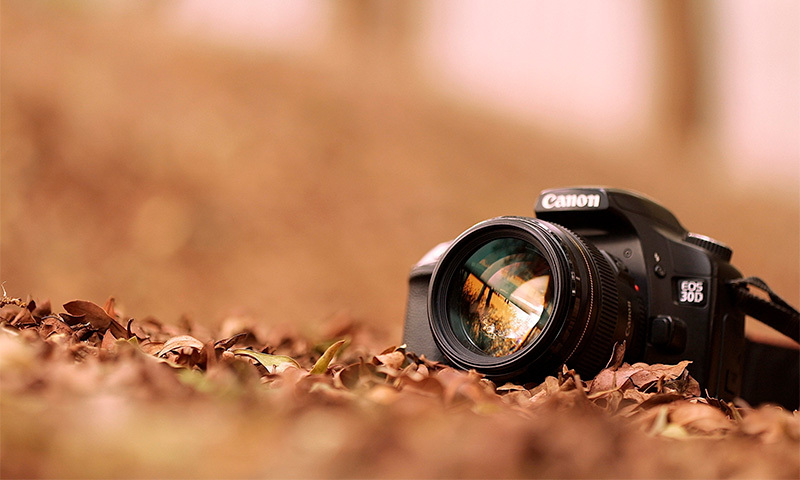
Contents:
- Professional camera of which firm to choose
- The best professional cameras
- What professional camera to buy
Professional camera of which firm to choose
Up to the 80th of last century almost any camera could be considered professional. The cost of each model was great, but to understand the installation of the film and all the settings to the average person was beyond his power. But then everything changed, especially with the advent of the digital age. Now the overwhelming majority of cameras belong to the amateur class. When designing such a device, you do not need to waste energy and money, as amateurs are unpretentious people.
To create a good camera for a professional is a task of a different kind. Such a technique should be reliable, and inside it should be located a very large matrix, which in itself is not cheaper than an amateur camera. Partly that's why now only five companies are actively creating professional photo equipment( listed in alphabetical order):
1. Canon;
2. Leica;
3. Nikon;
4. Pentax;
5. Sony.
From time to time, some other manufacturers try themselves in this business, but their devices are not in great demand.
The best professional cameras
Nikon D5
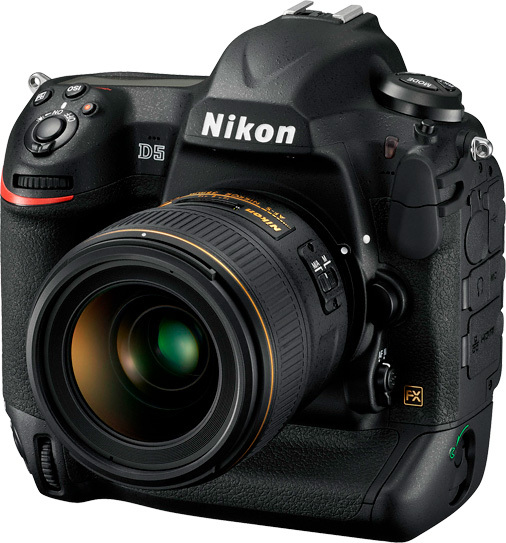
To the fan this mirror camera will seem huge and heavy. And looking at the price tag, this person is likely to be surprised in his eyes. For such money you can buy some budget foreign car! But that's what professional photographic equipment of the highest class costs. Moreover, for such money Nikon D5 really buy, on the shelves of stores this model is not delayed. Moreover, it is not necessary to purchase a device in Russia - the price tag is slightly less biting abroad.
This model has in its composition a full-frame CMOS sensor with 42-bit color depth. The 20.8-megapixel matrix turned out to be very sensitive. If you shoot in the evening or at night, you can use the values up to ISO 3280000!Yes-yes, you were not mistaken, the account in top professional "mirrors" has already gone to millions! Everything is in order here and with a rate of fire - in the serial mode, the device produces 12 frames per second. Ideally, the camera copes with video, offering even 4K-resolution( if necessary, the frequency is limited to 30 frames / s).Advantages:
- From one charge you can make 3780 pictures;
- There are a lot of connectors, including USB 3.0;
- Support for XQD, CompactFlash and CompactFlash Type II memory cards;
- Perfectly working autofocus;
- Video shooting with 4K-resolution;
- High-quality LCD display;
- A well-designed viewfinder;
- Serial shooting speed - 12 frames / s;
- Ability to set incredible ISO values;
- Various possibilities of bracketing;
- Robust housing.
Disadvantages:
- Matrix resolution could be higher;
- At high ISO values, digital noise appears in abundance;
- A frightening price tag.
Canon EOS 1D C

Another very expensive specimen, which has very large dimensions. Its matrix has 18.1-megapixel resolution, and the sensitivity range is limited to ISO 204800. At the same time, it can not be said that at night the camera shoots worse than the one considered above the camera from Nikon. The situation here is absolutely similar, just the creators did not introduce useless ISO values. The burst mode here also does not differ much: in this camera, the camera creates 14 frames per second.
The device is absolutely not afraid of rain. But there is no protection against falls - you can easily damage the bayonet or lens. There are no modern technologies. For example, the creators did not implement Wi-Fi support, although it would not interfere. I am glad that there is at least an orientation sensor, which allows you not to fill the horizon. The lack of wireless modules and USB 3.0 is due to the fact that this model first appeared on store shelves in 2012.Then a rare professional thought about such things. However, during this time the camera is not at all obsolete, which can not but rejoice. By the way, at the time of the announcement, it was almost the only "SLR" able to write 4K-video.
Advantages:
- Possibility of 4K-video;
- Excellent viewfinder;
- Qualitative CMOS-matrix;
- The camera perfectly removes in the dark;
- High-speed serial shooting mode;
- A competently implemented autofocusing system;
- Inside there are two processors.
Disadvantages:
- The resolution of some seems insufficient;
- Frightening cost;
- Insufficient number of connectors;
- There are no wireless modules.
Pentax 645Z
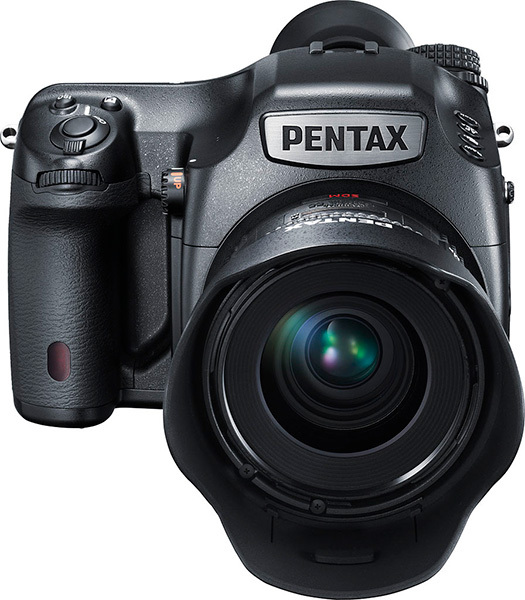
If you are engaged in photography for huge advertising banners, then pay attention to the Pentax 645Z.This is the ideal choice for the person for whom the permit is the most important parameter. Inside this camera is a medium-format( 44 x 33 mm) CMOS matrix, consisting of 51.4 megapixels! There is no doubt that Canon and Nikon will not exactly approach this resolution for at least a couple of years!
In the rest it is a typical handsome man from Pentax, who has a number of positive sides. Separately among them it is necessary to highlight a metal case, protected from moisture, which allows you to shoot even in the rain. Like any other professional "SLR", Pentax 645Z has two slots for a memory card. Video shooting here is only possible in Full HD resolution - the frequency is equal to 60 frames / s. Although with the update of the firmware there was also 4K-video shooting, albeit in a slightly truncated format. Slightly disappointing is only the lack of Wi-Fi and a weak battery, the charge of which is only enough for 700 shots.
Advantages:
- High-quality 3.2-inch swivel LCD display;
- Weatherproof enclosure;
- There are USB 3.0, HDMI and many other connectors;
- Wide range of ISO;
- The video recording supports 4K resolution.
Disadvantages:
- Not the longest running time;
- The viewfinder has an 85 percent field of view;
- Low speed during continuous shooting;
- Costs even more than competitors;
- The matrix is not full-frame;
- No Wi-Fi module.
Canon EOS 1D X Mark II
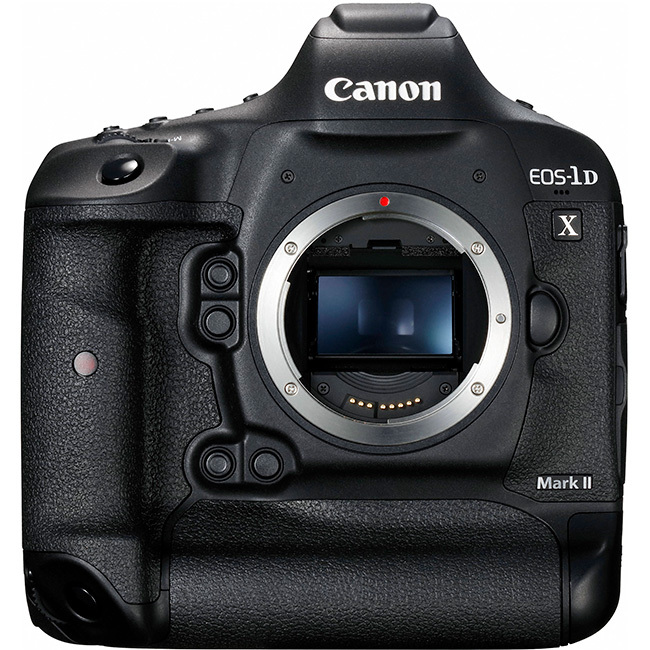
This camera belongs to one of the most recent generations. Resolution of the full-frame matrix available at its disposal has grown to 20.2 megapixels. Also, the creators worked on the sensitivity, making the values available up to ISO 204800. But most of all, this handsome should like fans of the reportage shooting, as in the serial mode, he gives 14 frames per second. As much as possible, this series can consist of 170 pictures, saved in the RAW format.
In some SLR cameras, all AF points are cross. In Canon EOS 1D X Mark II, this technology is not used, because it is still experimental, it has not been run yet. But 41 crusade points - it's very much, only 20 remain ordinary. Even with so many autofocus almost never misses. Another important feature is battery life. Charge the battery only after about 1210 pictures are created. And, finally, this "SLR camera" is ideal for the operator, since 4K-video shooting with a high frame rate is possible here.
Advantages:
- Autofocusing system almost never fails;
- A large number of connectors, there is also USB 3.0;
- Very good viewfinder;
- High speed shooting in a serial mode;
- With 4K-video shooting, a frame rate of 60 frames per second is available;
- From one charge it works very long;
- HDR mode is available;
- All right with photosensitivity.
Disadvantages:
- Wireless modules are completely missing, except GPS;
- The resolution could be increased even more.
Canon EOS 5D Mark IV
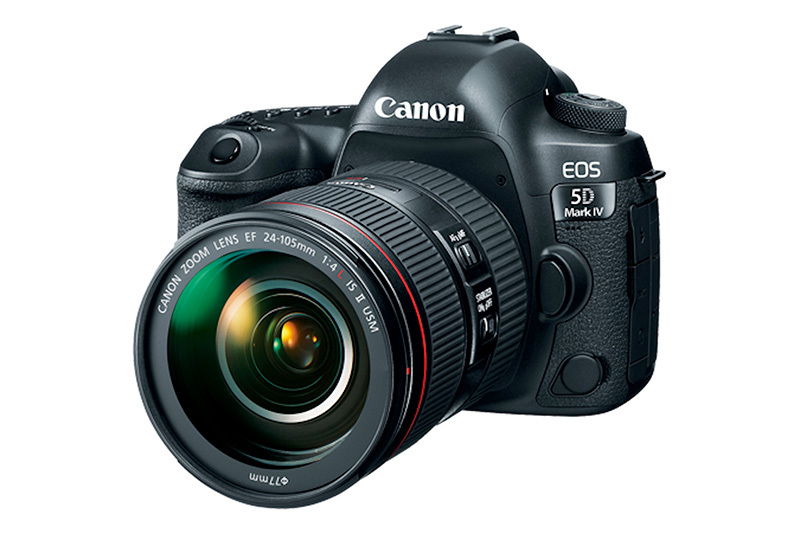
One of the most popular SLRs in the world. It is often bought by operators engaged in wedding photography. About it dream lovers - they most like the fact that the Japanese have not forgotten to introduce here the NFC and Wi-Fi modules. There is also support for other popular technologies, which professional photo equipment manufacturers usually do not even think about.
If the previous cameras we examined weighed about 1.5 kg, then the Canon EOS 5D Mark IV seems like a feather. If you remove the lens and battery, its weight does not exceed 800 grams! And he is much less than his more expensive brothers. However, this complicates vertical grips, which will be confirmed by every professional. To the glory of the Japanese worked on the matrix. Her resolution increased to 30.4 megapixels. And more to the modern photographer and it is not necessary! At the level of digital noise, the increase in the number of pixels almost did not affect in any way. But this can not be said about serial shooting. The clipboard is quickly filled, resulting in this mode, you can create only 21 frames( RAW format), after which it will take several seconds to wait. By the way, the speed of shooting here is also not the highest - 7 frames / s.
Advantages:
- Sample dimensions and weight;
- High resolution CMOS matrix;
- Excellent LCD display and viewfinder;
- One of the best autofocus;
- Many different connectors;
- There are modules Wi-Fi, NFC and GPS;
- Well protected from moisture and dust.
Disadvantages:
- Burst mode is not the best;
- Not the maximum operating time;
- 4K-video shooting is available only at a reduced frequency.
What professional camera to buy
In the case of buying a professional "SLR" has to spend a lot of money. And this means that the choice should not be rash. In this regard, we do not presume to recommend a specific model. After all, a lot depends on your specific preferences and the available optics. You will not be switching to Nikon products, if you have five or six Canon lenses, this migration will be too expensive.
If you buy a SLR camera not for taking pictures, but for video shooting, then be sure to look at the Canon EOS 5D Mark IV.If it has analogs, then it is counted in units. The fact is that this model can write 4K-video with a frequency of 60 frames / s. Who would you say anything, but for 4K-resolution - the future, in connection with which to shoot now a professional video is needed in it.



